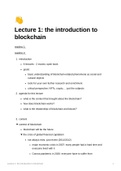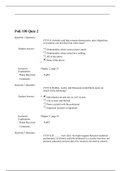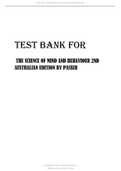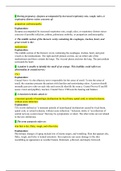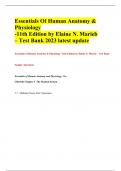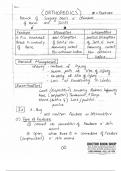Class notes
Class note of Blockchain: Imaginaries, Economics, and Cultures
- Course
- Institution
Class note of Blockchain: Imaginaries, Economics, and Cultures with all lectures note and several important readings note (week 1, week 3, week 4, week 5)
[Show more]
